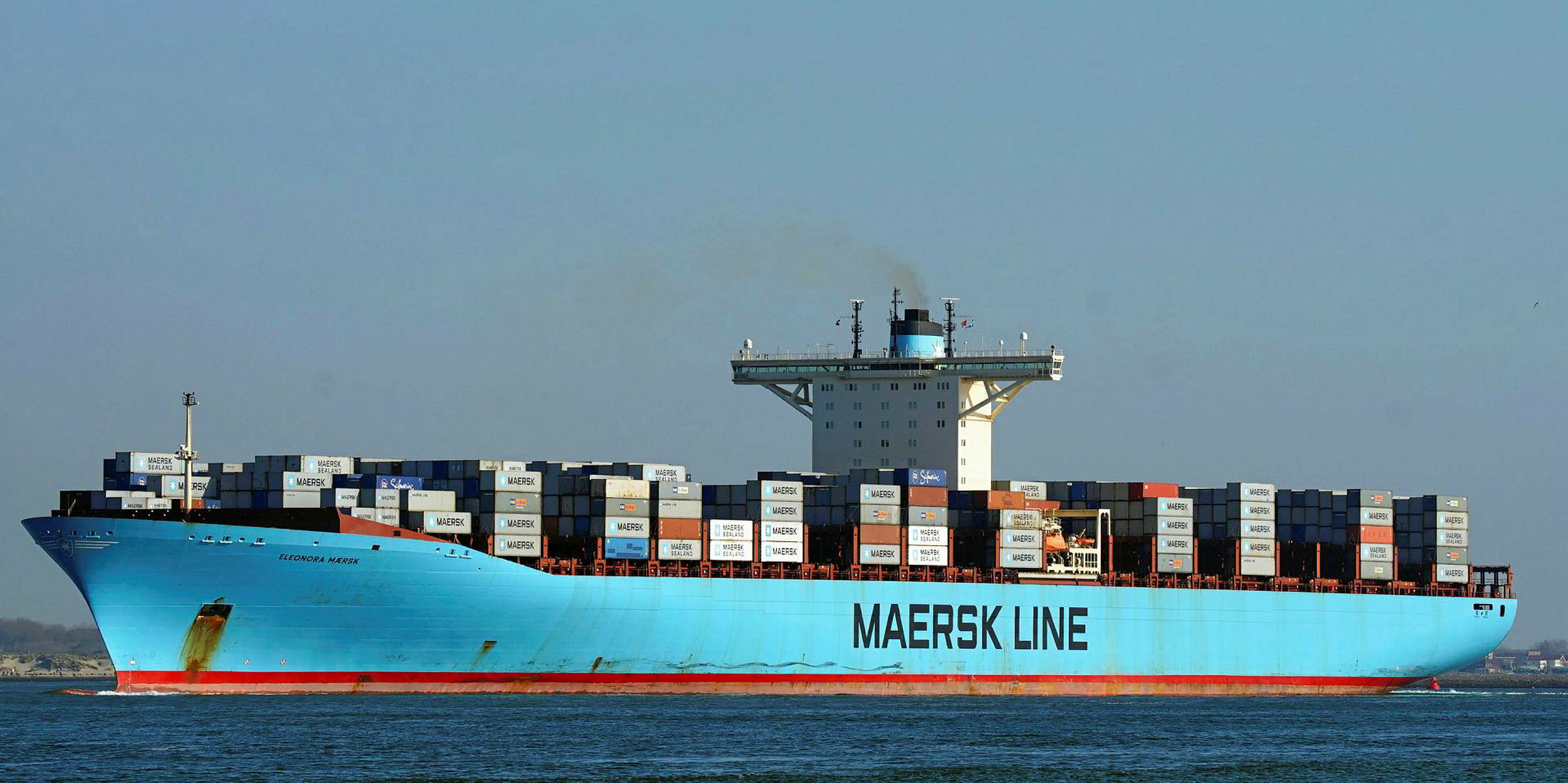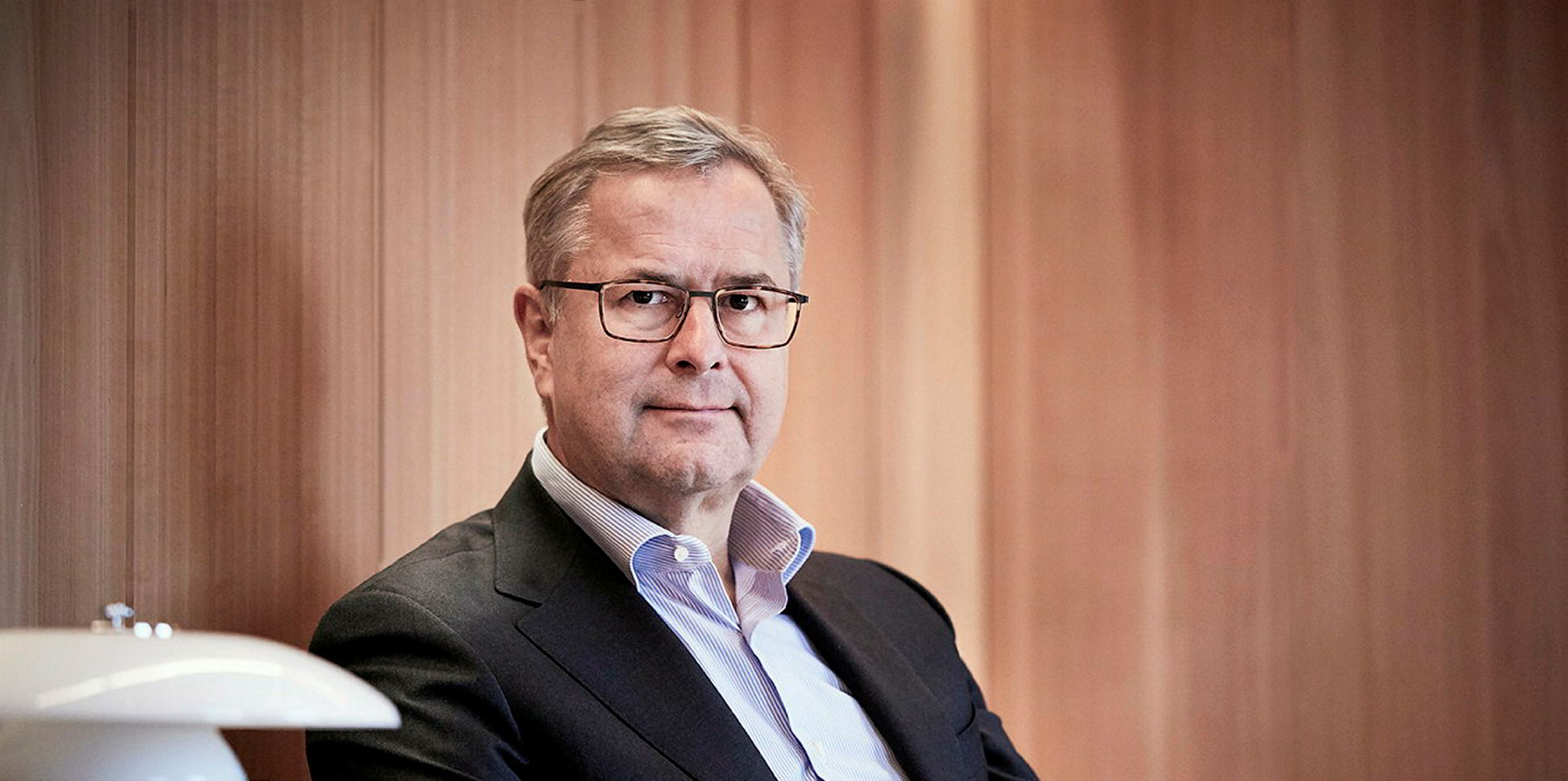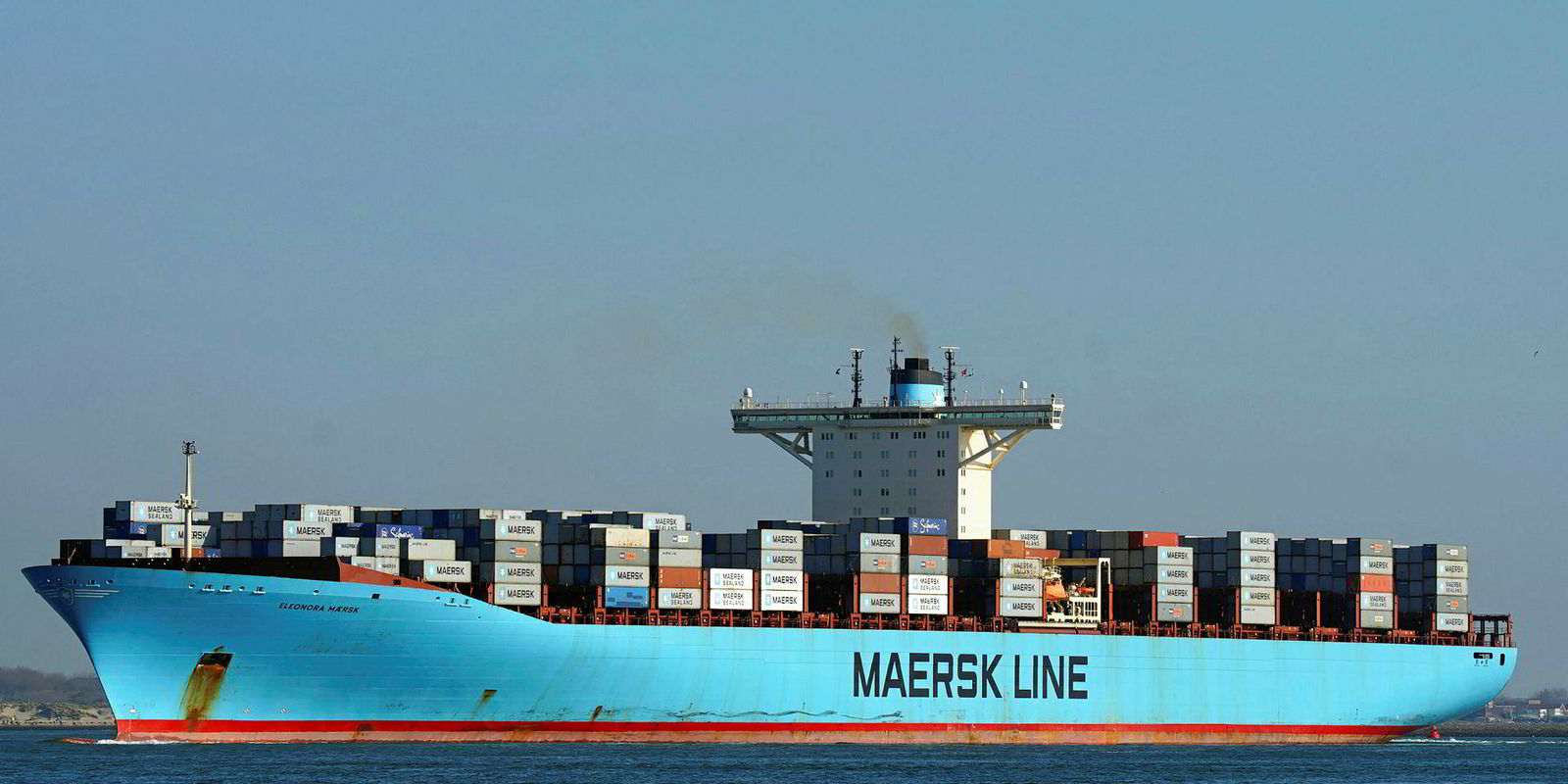Danish containership giant AP Moller-Maersk has rebounded into profit in the third quarter as rates and volumes rose.
Shares in the Danish giant climbed on the back of results which beat analysts expectations and stable profit guidance, while management was upbeat about progress on an on-going strategic shift.
"After a string of disappointing quarters, Maersk appears to be back on track in Q3, with results broadly as the market expected," said Berenberg analysts led by Joel Spungin.
Maersk said its net earnings were $360m to 30 September, from a loss of $1.54bn in 2017, which included a $1.42bn loss from the offloaded Maersk Oil and Maersk Tankers.
Underlying profit of $251m was ahead of the $240m forecast by consensus, according to DNB Markets.
Revenue increased by 31% to $10.1bn, or 12% excluding the effect from the Hamburg Sud takeover.
All segments reported revenue growth, with non-ocean operations hitting 15% and contributing 31% of total revenue.
Maersk shares were trading up 3.6% at DDK 9,044 each at the time of writing, with analysts pointing to the earnings beat and the midpoint of the company's profit guidance remaining unchanged. For 2018, Maersk is forecasting core operating profit of between $3.6bn and $4bn.
Transformation progress
The company is in the midst of a major strategic shift from a conglomerate to a self-styled container and logistics specialist.
Chief executive Soren Skou said: "Well into our transformation, we are progressing with the integration of our business to better serve customers and unlock the full growth potential within Logistics & Services.
"As a result, I am pleased to see revenue growth in Q3 across the business, including supply chain services.
"Our profitability and cash flow is improving, positively impacted by the emergency bunker surcharge announced due to the significant increase in bunker price, synergies from Hamburg Sud and strong collaboration between Ocean and our terminal activities."
Maersk Line builds earnings

The Ocean unit, including Maersk Line, saw revenue increase to $7.32bn from $5.54bn, with EBITDA up at $3.92bn from $800m in 2017.
Volume increase was mainly driven by North-South and intra-regional trades due to Hamburg Sud’s position in these markets.
"Despite the positive volume growth, the container demand was weaker than expected, especially on the Asia-Europe trade, hence the volume was lower than expected in Q3," the company said.
There was an impairment of $100m in the ro-ro business and $245m for APM Terminals.
Growing volumes
Volume growth for its containerships - the Ocean unit - was 5%, excluding Hamburg Sud, above estimated market growth of around 2.7% but still lower than it expected.
The average freight rate was 5.5% higher than the same period last year and up 4.8% compared to the second quarter, partly driven by announced emergency bunker surcharges.
Fuel costs still increased $509m, due to an average price increase of 47%.
Capacity cut back
Its boxship capacity fell 2.7% compared to the second quarter, in line with plans to optimise the network.
Integration of Hamburg Sud is progressing faster than planned with realisation of synergies of $150m in the quarter, it said.
Net interest-bearing debt was cut by $1.9bn to $12.4bn from the end of the second three-month period.
The organic volume growth in Ocean is now expected to be in line with the estimated average market growth of 3% to 4% for 2018.
Maersk Drilling will be listed via a demerger, while "solutions" for Maersk Supply Service are being pursued, it said.






